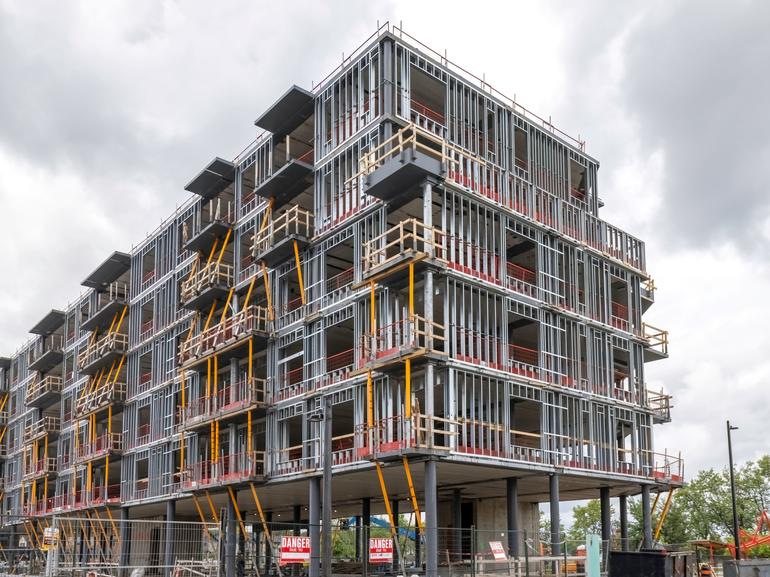Rates Outlook: Expectations Versus Reality in the Multifamily Sector

As we approach 2025, the commercial real estate landscape is poised for a period of increased activity, influenced heavily by the expectation that interest rates will continue to decline. With the sales slump of 2023 behind us, 2024 has seen an uptick in multifamily sales activity. The Federal Reserve decreased the Fed Funds rate 50 basis points to 5.00%, with the bond markets expecting another 50-basis-point drop by the end of the year. This means a rate reduction is likely already priced into the 5- and 10-year treasury indices. In third quarter 2024 alone, the 10-year U.S. treasury yield dropped 70 basis points, from 4.49% to 3.79%.
Expectations: Let the Good Times Roll!
Many economic analysts predict that the Federal Reserve will continue to adopt a more accommodative stance, possibly continuing to lower interest rates throughout 2025. While we hesitate to make predictions on how that may impact index rates, I would offer the following data points. First, the long-term average for 10-year U.S. treasury yields is 5.85%. Second, today’s 10-year treasury yield of 4.08% is lower than the 10-year treasury yield at any point in time prior to 2007. So, while current rates are at a high watermark over the last 17 years, this is not unprecedented. Keep in mind, over the last 17 years, the economy experienced the Great Recession, a global debt crisis and COVID-19 – all of which put downward pressure on these indices.
Reality: Good News May Not Be Good News
By 2025, market expectations suggest that a gradual reduction could commence in the latter half of the year, potentially bringing relief to borrowers and investors who have felt the strain of higher rates over the previous years. The Federal Reserve continues to point to a soft landing as inflation continues to reduce and the unemployment rate stabilizes. This is great for the economy, but it makes it harder to justify future rate cuts. Additionally, while the Fed is forward-looking, if these economic indicators continue to show strength, that may result in a “wait-and-see” approach, which would likely keep long-term treasury rates higher for longer.
Impact on Multifamily Pricing
With reduced multifamily sales volume in 2023, investors were searching for data to understand how market cap rates have moved. While average cap rates did rise, the material valuation impacts were felt more on Class B and C multifamily assets versus newly built Class A assets. Where average cap rates on new multifamily construction are currently in the 5% range, Class B and C assets in some areas of the U.S. have widened to between 6% and 8%. Moving forward, investors may feel more confident entering the market, anticipating that lower rates will support stronger income returns. Until these lower rates come to fruition however, we will refer to this cycle as a rediscovery of asset values.
The construction sector may be the biggest winner overall. The Fed Funds rate is closely followed by the SOFR index. Many construction loans are priced over SOFR, which means as the rates decrease, construction financing will become less expensive. While we don’t expect an immediate influx of construction projects, multifamily developers’ sentiments continue to improve heading into the future.

